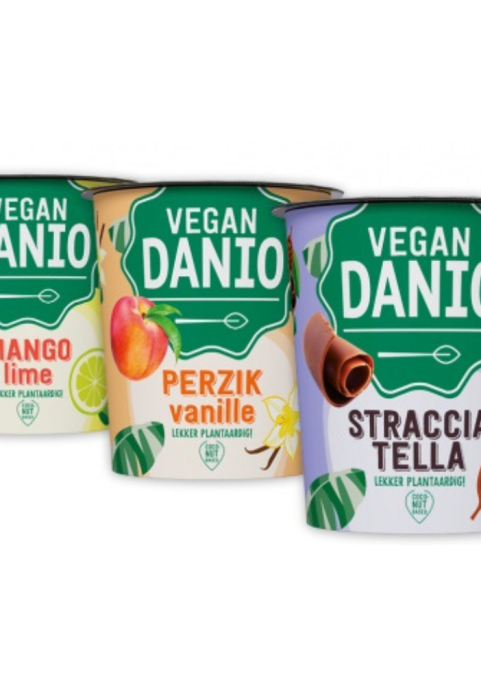INNOVATION
Shelf Test
The shelf test offers you the option to evaluate your product and packaging in a realistic environment. After all, the point of sale – the consumer environment – is the place that determines the success or failure of your new product or packaging. To have any chance of influencing the decision to buy, your product or packaging must stand out from the crowd. The SPRINT shelf test guarantees direct feedback from your target group.
In a world full of choices, both on the supermarket shelf and online, the consumer’s attention span is very short. An attractive product, that stands out from the competition, will help consumers make their selection. Try our Shelf test and see straight away if you need to make any changes.
“Use a shelf test to measure the intention to buy”
The shelf test: how it works
A shelf test is divided into 3 phases: in phase one, the respondent is shown a shelf with the product, for a first impression. In phase two, the product design is evaluated for intention to buy, brand fit and distinctiveness, including heatmap. In phase three, respondents select their favourite design and point out any strengths or weaknesses.
Shelf test with eye tracking
Shelf testing delivers the following insights
A shelf test informs you how consumers perceive and experience your new product or packaging. You gain an insight into the intention to buy and whether your product elicits a brand recognition response. The test outcome clearly reveals areas for improvement, and provides answers among others to the following questions:
- How does your target group perceive and experience you new product?
- How does your brand score in comparison with the competition?
- On what basis does your target group consider your brand?
- What are the strengths and weaknesses?
- What improvements can you make to boost the brand awareness?
Interested in a shelf test?
SHELF TEST
Danone shelf test: which
product sells best?
Danone was looking to place a new food product on the market and carried out a shelf survey using the SPRINT application. A selected target group was shown a series of different supermarket shelves containing comparable products and was asked to say which product they would purchase. This survey helped Danone decide whether the target group was interested in its new product.
Danone’s proposed new product comes in six different varieties. They requested us to find out whether or not consumers would be interested in the new product and, if so, which product variety the consumers preferred the most.



